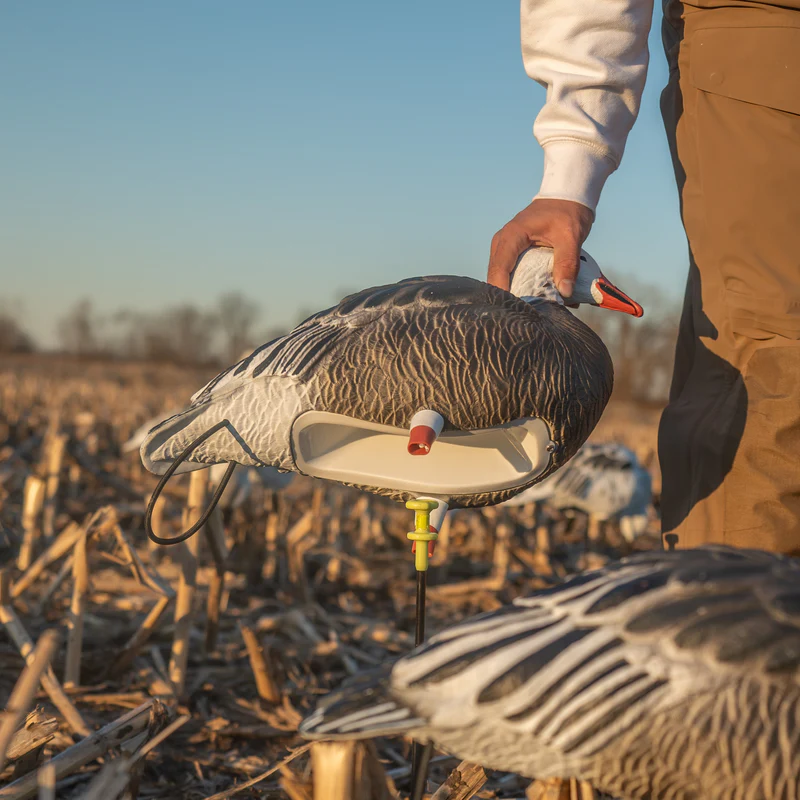
Image source: Getty Images
Getting homeowners insurance is a prerequisite to signing a mortgage. But even if you’re paying for a home outright and aren’t financing one, homeowners insurance is an important thing to have. Without it, you could end up facing tens or hundreds of thousands of dollars’ worth of property damage that you’re forced to cover out of pocket.
If you’re new to buying homeowners insurance, it’s easy to get tripped up along the way. Here are four specific mistakes you should try to avoid at all costs.
1. Failing to buy enough
You may need to buy a certain amount of homeowners insurance to satisfy your mortgage lender and close on your home loan. But if you sacrifice adequate coverage in an attempt to keep your premium costs down, you could wind up losing out big time down the line.
A big component of your homeowners insurance policy is its replacement cost coverage. Your insurance policy should be robust enough that you’d be able to rebuild your home in the event of it getting destroyed completely. But if you skimp on insurance, you may not wind up with adequate coverage, leaving you in a position where you can’t fully rebuild, or rebuild in a comparable manner to the home you were used to.
2. Failing to shop around
Homeowners insurance companies offer their own rates and coverage. It’s important to shop around for a policy, because choosing one insurer over another could be a money-saver. If you rush through the process, you could end up having to pay more.
3. Forgetting about bundling
Not everyone who owns a home owns a vehicle as well. But if you do, it could pay to see if using your auto insurer for homeowners coverage might result in some savings. Insurers will often give a discount if you bundle multiple policies, so it pays to see what rates you might be looking at in that scenario.
At the same time, though, don’t assume that bundling is automatically the best deal. You’ll still want to research your options with different insurers to see what makes the most financial sense.
4. Making assumptions about your coverage
Most homeowners insurance policies cover things like storm or fire damage. But many don’t cover flood damage. For that, you generally need to purchase flood insurance.
It’s important to know what the policy you’re looking at will and won’t cover so you can make an informed decision as to whether it will suffice. You may also want to put additional coverage in place depending on the location of your home or the specific items kept within your home. If you have expensive artwork or jewelry, for example, you may want to get a rider on your insurance policy to ensure you’re covered if those items are stolen or damaged.
The right insurance coverage could not only save you money, but give you peace of mind. Do your best to steer clear of these mistakes as you work on putting a homeowners policy in place.
Top credit card wipes out interest
If you have credit card debt, transferring it to this top balance transfer card can allow you to pay 0% interest for a whopping 18 months!
That’s one reason our experts rate this card as a top pick to help get control of your debt. It’ll allow you to pay 0% interest on both balance transfers and new purchases during the promotional period, and you’ll pay no annual fee.
Read our full review for free and apply in just two minutes.
We’re firm believers in the Golden Rule, which is why editorial opinions are ours alone and have not been previously reviewed, approved, or endorsed by included advertisers.
The Ascent does not cover all offers on the market. Editorial content from The Ascent is separate from The Motley Fool editorial content and is created by a different analyst team.The Motley Fool has a disclosure policy.
The views and opinions expressed herein are the views and opinions of the author and do not necessarily reflect those of Nasdaq, Inc.























